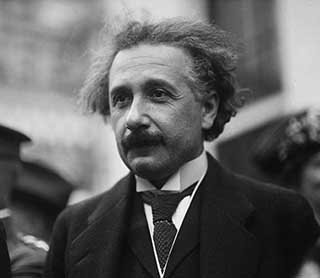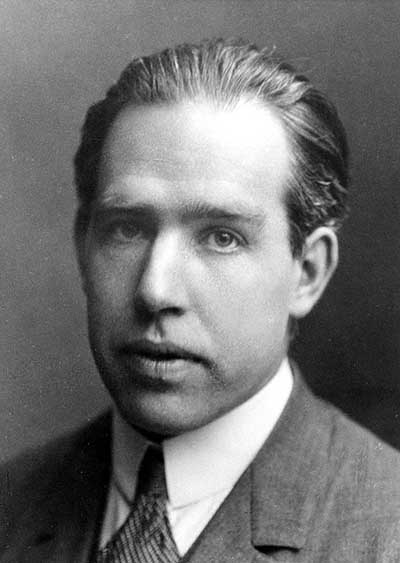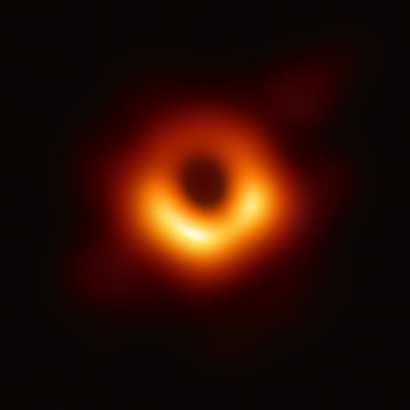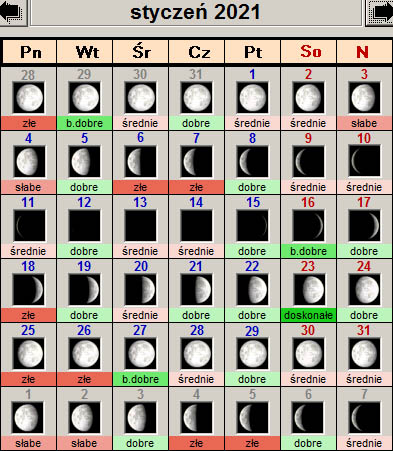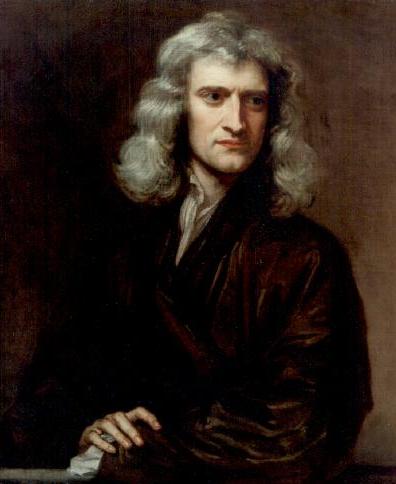Albert Einstein – was born in 1879 year – he died in 1955 year.

Albert Einstein's theories are the source of twentieth-century physics. His special and general theory of relativity is the basis for understanding the laws of nature and such concepts, like space, time, mass and energy. Special theory of relativity, formulated in 1905 R., is indispensable, to understand the interactions of elementary particles. General theory of relativity, which was established ten years later, opened the way to modern cosmology.
“The impact of Einstein's work on various fields of physics is so enormous and so diverse – recently written by Gerald Holton – that scientist, who would try to trace it, would have great difficulty determining, where to start". Einstein's work is at the heart of the scientific discoveries of the 20th century. i, as did the discoveries of Isaac Newton, found their application in technology, which allowed to manipulate the phenomena of nature. Transistors, electron microscopes, computers, photoelectric cells – these are just a few examples of a giant leap in computing and communications, which came about thanks to the Einstein revolution.
Albert Einstein was born in Ulm, in Germany, 14 brand 1879 R. He was the son of Hermann and Paulina née Koch. A year after his birth, the family moved to Munich. Einstein was a silent boy; rather, it was considered- for a child strange than gifted. From the age of ten, he studied at the Leopold Gymnasium. He hated being stiff, German school discipline and learned Latin and Greek without enthusiasm. His path to science began with mathematics, which his uncle encouraged him to do, engineer Jakub Einstein. At the age of approx 12 years Einstein independently learned geometry and decided, that one day he will solve the riddles of the world. His story is a rather unusual case of the fulfillment of youthful dreams.
Einstein's further school career was equally complicated, like his primary school education. W 1894 R. the Einstein family moved to Milan, where his father settled after earlier failures in business. Albert remained in Munich, to graduate from junior high school, but he abandoned them, having not obtained a final certificate, to join the family. Bearing 17 Years, was admitted to the Technical University of Zurich; a year earlier, he failed the entrance examination. He became convinced at school, that his field would not be mathematics, but physics, therefore he studied the works of Herman von Helmholtz, James Clerk Maxwell and others. He was not an outstanding student, he had a feeling, that the university is embarrassing him. Later he wrote, that ,,to cud, that modern methods of education have not completely suffocated the holy enthusiasm and inquisitiveness ". W 1900 R. received a diploma.
At the beginning 1902 R. Einstein obtained the position of junior inspector at the Swiss Patent Office. It was supposed, that this job – detailed research and explanation of the use of various kinds of inventions – aroused his interest in time and space. It was certainly the only period, when Einstein was isolated from the physics community, but he followed the latest developments in physics.
In year 1905 – often called Einstein's annus mirabilis – published three very important works in the seventeenth volume Annalen der Physik, in which, as Emilio Segre writes: "His genius flared up with unparalleled brightness". Each work was devoted to a separate issue:
1. In an article on Brownian motion, Einstein showed, that the zig-zag dance of molecules suspended in a liquid is a measurable and predictable effect of the kinetics of the molecules. This finding was irrefutable proof of the existence of particles, still questioned in some scientific circles; a few years later, the correctness of Einstein's calculations was confirmed by experiments.
2. In his first work on quantum theory, Einstein demonstrated, that the mathematical assumption, which allowed to solve the problem of "black body" radiation, corresponds to some fundamental physical phenomenon. He proved, that light is a stream of particles, whose energy can be calculated, using a number known as Planck's constant ("Photon" as a term for a light particle came later). Experimental support for this claim in the field of visible light was obtained over the next decade. The quantum hypothesis allowed Einstein to explain the photoelectric phenomenon, for what in 1921 R. he was awarded the Nobel Prize.
3. Both mentioned works, especially the second, they were revolutionary, but in this respect they were surpassed by the third Zur Elektrodynamik bewegter Korper (On the electrodynamics of moving bodies). In this work, a theory was formulated for the first time, later known as special relativity.
Special relativity applies to all physics, but in some respects it seriously contradicts the intuitive understanding of time and space. In short, Einstein, considering movement in space, formulated a postulate, that the speed of light is constant in all reference systems – regardless of the movement of the light source or its detector. So different – the speed of light already calculated does not depend on the speed of the observer's movement. However, if it is so, then for two observers moving at different speeds, different events are simultaneous. If we accept, that the speed of light has the same value in every frame of reference, it is time and space that merge and together constitute the arena of physical events.
It's easy to understand, why Einstein's theory was a revolution. It leads to the situation, in which common sense and philosophical concepts give way to new scientific concepts – it is such, which can be confirmed experimentally. Perhaps more difficult to understand, why this theory gained the recognition of physicists relatively easily.
When Einstein announced the special theory of relativity, its purpose was to unravel serious issues, with which the rapidly developing electrodynamics struggled. James Maxwell, a physicist belonging to the previous generation, discovered equations, from which it resulted, that electromagnetic waves travel at the speed of light. For a mechanical explanation of this phenomenon – propagation of waves in space with a constant, specified speed – the theory of the invisible aether was put forward. However, the ether was never detected, and thus this extremely popular physical theory remained disturbingly incomplete. The special theory of relativity made it possible to abandon the ether, which was a significant simplification. Einstein's theory also explained some experimental results, such as the increase in mass of objects moving at high speed, as previously suggested by the Dutch physicist Hendrik Lorentz.
Another reason for the acceptance of special relativity was the appearance of w 1900 R. quantum theory. Certain phenomena in the nucleus of an atom could be explained by the theory of relativity, Newtonian physics, on the other hand, could not explain them. Max Planck, one of the founders of quantum theory, he immediately appreciated the importance of special relativity – he compared it to the Copernican revolution. A similar assessment was later expressed by Niels Bohr. According to the theory of relativity – as stated by Einstein – "Body weight is a measure of its energy". Shortly thereafter, Einstein published a more detailed work, in which he gave his famous equation: energy E is equal to the weight of the body m, multiplied by the square of the speed of light (E = mc²).
After the publication of works with 1905 R. Einstein became known in the physics community. W 1909 R. Einstein left the Swiss patent office and began his university career. W 1909 R. started working at the University of Zurich, a w 1911 R. briefly lectured at the University of Prague, but he felt bad there because of the anti-Semitic mood prevailing in Austria. W 1912 R. he returned to Zurich. W 1914 R. he was nominated for a position created especially for him at the Prussian Academy of Sciences and at the same time became a professor at the University of Berlin. From then on, he could devote most of his time to research.
Theory, known today as general relativity, is primarily a theory of gravity. Einstein had been working on it for a year 1907 do 1916. The general theory is an extension of a specific theory and applies to systems that move through accelerated motion. General relativity is the basis of all twentieth-century cosmology – among other things, it explains the redshift of the galaxy spectrum, which proves, that the universe is expanding, and explains the formation of black holes.
To understand the general theory of relativity, one should start with the principle of equivalence. As Galileo stated in his famous experience, bodies fall to Earth with equal acceleration, independent of their weight. In this sense, falling bodies, big and small, are "weightless" – their weight does not affect this, how they react to gravity. In fact, astronauts in orbit continually "fall" to Earth, thanks to which they are weightless. However, when their spacecraft leaves orbit and accelerates towards the distant star, astronauts feel the burden. The reason is acceleration, not gravity. Einstein's principle of equivalence says, that gravitational and inertial forces, related to the acceleration of the system, are indistinguishable.
It follows from the principle of equivalence, that gravitational pull is not just a force, with which all bodies attract each other. Gravity should be considered as a result of the curvature of space-time by the mass. Mass causes, that space has non-Euclidean geometry. Admittedly in conditions, with which we meet every day, General relativity and Newton's law of universal gravitation give essentially the same results, but Einstein's theory not only describes the elliptical orbits of the planets, but it also explains some anomalies, such as the precession of Mercury's orbit around the sun.
A few years after that, as Einstein published general relativity, it has been confirmed by astronomical observations. Already in 1911 R. Einstein predicted, that a ray of star light, flying near a large mass – for example, the Sun. – it bends. The deflection can be observed by comparing the position of the star in the sky, when it lies away from the sun and when its rays pass right next to the sun. It follows from general relativity, that the deflection angle should be twice as large, than the classical theory predicts, in which we consider the space to be flat.
The predictions of Newton and Einstein can be compared, by observing the position of the stars during a solar eclipse. The first attempts were unsuccessful, but in 1919 R. at the urging of astronomer Arthur Eddington, two English expeditions set off, one to Brazil, and the other to the Princes' Island, off the coast of West Africa. The results were unequivocal: photo analysis proved, that the positions of the stars are as predicted by general relativity. Einstein gained international fame overnight. 7 November 1919 R. the London Times announced: "A revolution in science. A new theory of the universe. Newton's Ideas Abolished ". Two days later, the New York Times presented its own version of events..
Later research by Einstein – searching for a unified field theory, which would combine the theory of gravity with the theory of electromagnetism – did not lead to clear results. Seems, that he was convinced of some ultimate reality, which quantum theory denied, to which he made a significant contribution with his works, m.in. on photons and the photoelectric effect. He had a long discussion with Niels Bohr, when he wrote it: “I still believe in possibility [studies] model of reality – that is, theory, which describes things, and not only the probability of their occurrence ". More or less after 1928 R., at the peak of the development of quantum theory, Einstein's time of dominance in its development has come to an end.
W 1933 R. Einstein's books were among the books burned in Berlin by the Nazis. His personal property was confiscated, and shortly thereafter Einstein left Germany and immigrated to the United States. He received a lifetime position at the Princeton Institute for Advanced Studies. In the face of the growing threat, he abandoned his pacifist beliefs and in 1939 R., however reluctantly, wrote a letter to Franklin Roosevelt, in which he recommended starting work on the construction of an atomic bomb. This is also why he did not participate in the work on the bomb project, that was considered, that his leftist sympathies may endanger job security. After the war, Einstein was a spokesman for nuclear disarmament. He did not become an American patriot, was against the 1950s Congressional hearings on the so-called. anti-American activity. W 1952 R. he did not agree to become the president of Israel, although it was only an honorary function.
Einstein's later career is associated with his enormous prestige. He became a public figure, he was in demand as a speaker at public gatherings. Out of My Later Years, one of its popular, frequently reissued books contain articles on a wide variety of topics, such as socialism, relations between whites and blacks or moral decay. Einstein like Freud, with whom he corresponded, he preached political and social views in line with the liberal spirit of that period. His essays are still remarkable. Einstein's saying is often cited: "God doesn't play dice". It relates to quantum statistics. Einstein was an agnostic. To the question, does he believe in God, he replied: “You can't ask someone that, who with increasing amazement tries to explore and understand the superior order of the universe ".
It is difficult to characterize Einstein's personality, especially from later years, when he led a generally solitary life. He did not express his feelings towards other people, though he was willing to express his deep devotion to humanity. In the period of his greatest fame, divorce from his first wife became a difficult experience for him, Mileva Marić with whom he had two sons. One of them suffered from schizophrenia. His baby girl, who was born before marriage, was put up for adoption. He married a second time to Elsa Lowenthal, distant cousin, who died in 1936 R.
11 April 1953 R., in protest against nuclear weapons, Albert Einstein signed the pacifist manifesto circulated by Bertrand Russell. A few days later he had an aortic aneurysm ruptured, but even so, his life was not in immediate danger. He refused to undergo surgery, saying: “I want to leave then, when I want to. Artificially extending life is distasteful ". He died peacefully 18 April 1955 R.

